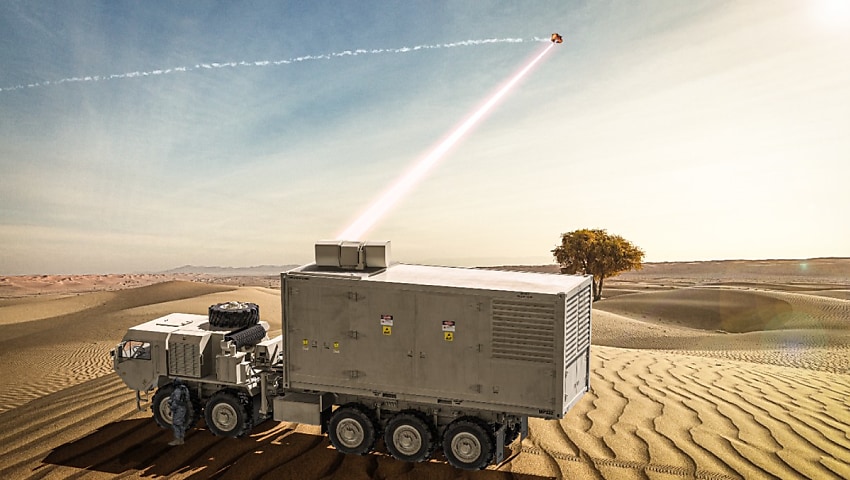The global defence contractor has delivered its most powerful laser to date to the US Department of Defense.
To continue reading the rest of this article, please log in.
Create free account to get unlimited news articles and more!
The Office of the Under Secretary of Defense for Research and Engineering (OUSD R&E) has accepted a new Lockheed Martin-built, tactically relevant electric 300kW-class laser.
The 300kW-class laser is set to be integrated with DoD demonstration efforts, including the US Army’s Indirect Fires Protection Capability – High Energy Laser (IFPC–HEL) Demonstrator laser weapon system.
Lockheed Martin’s design was selected in 2019 to scale its spectral beam combined high energy laser architecture to the 300kW-class level, as part of the High Energy Laser Scaling Initiative (HELSI).
“Lockheed Martin increased the power and efficiency and reduced the weight and volume of continuous-wave high energy lasers which reduces risk for future fielding efforts of high-power laser weapon systems,” Rick Cordaro, vice president, Lockheed Martin Advanced Product Solutions, said.
The HELSI laser is expected to support demonstration efforts with the Army’s IFPC–HEL, which is scheduled for laboratory and field testing later this year.
Lockheed Martin’s 300kW-class high-energy laser design and build was supported by investments in directed energy technology.
This latest delivery comes just a month after Lockheed Martin delivered its 60+ kW-class high energy laser with integrated optical-dazzler and surveillance (HELIOS) to the US Navy.
The tactical laser weapon system is expected to be integrated into existing ships, providing the vessels with advanced directed energy capability.
HELIOS is tipped to offer tactically relevant laser weapon system warfighting capability as part of a layered defence architecture.
The system’s multi-mission capabilities include long-range intelligence, surveillance, reconnaissance (ISR) and counter UAS-mounted ISR (C-ISR) Dazzler.
The capability’s deep magazine, low cost per kill, speed of light delivery, and precision response enables it to address fleet needs now and its mature, scalable architecture supports increased laser power levels to counter additional threats in the future.
[Related: US Navy onboards new laser weapon system]

 Login
Login







